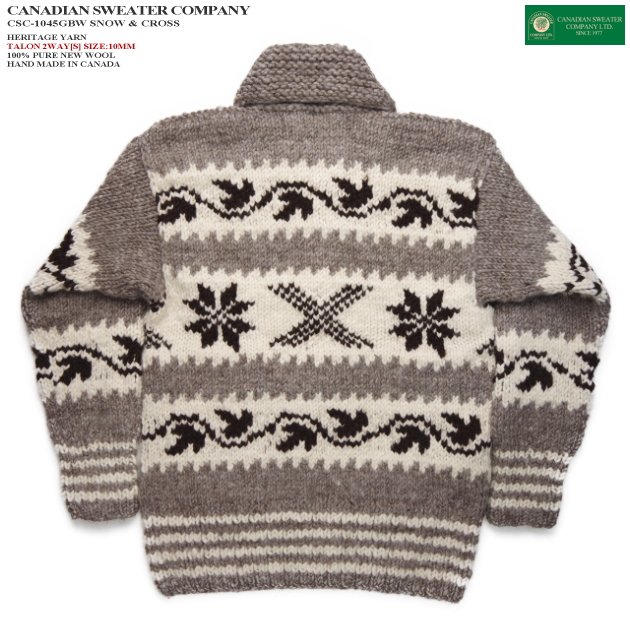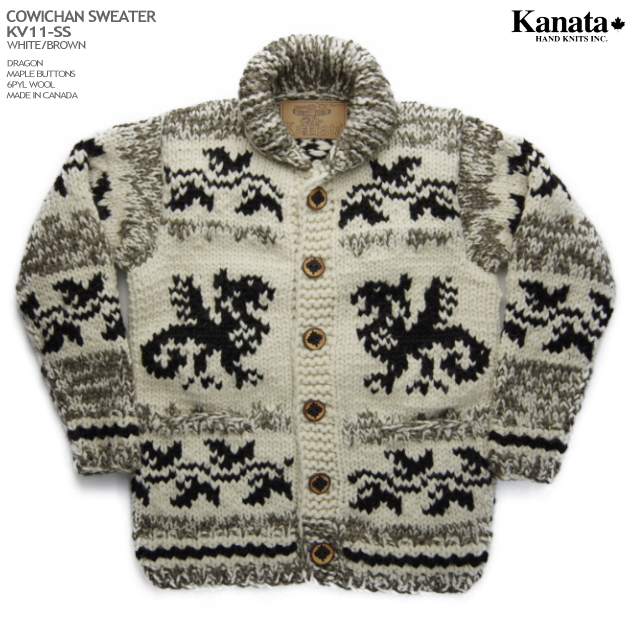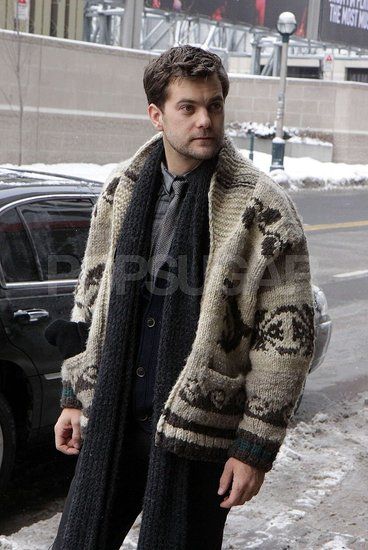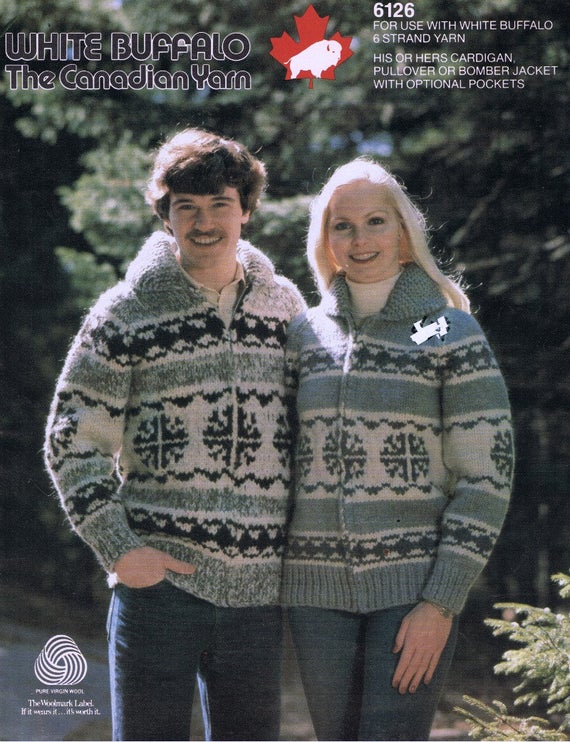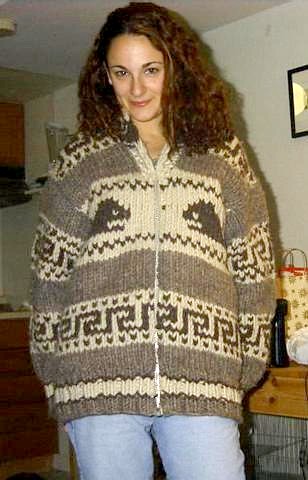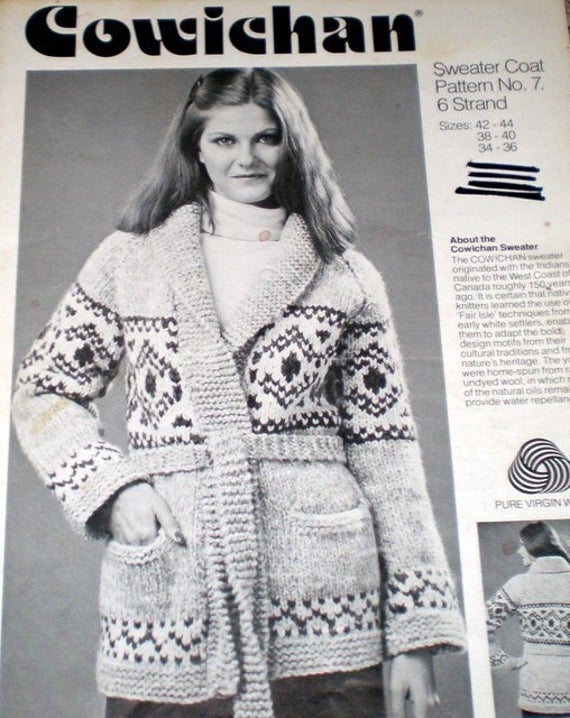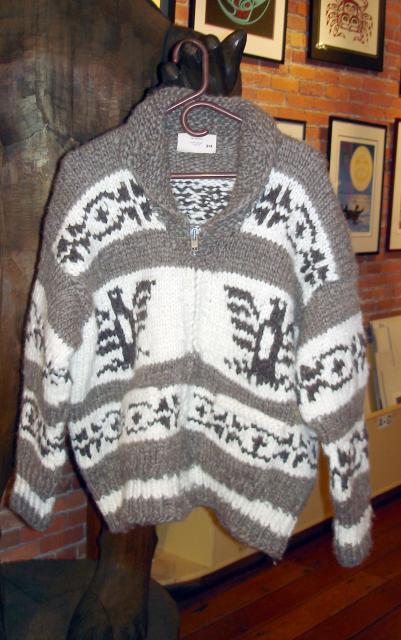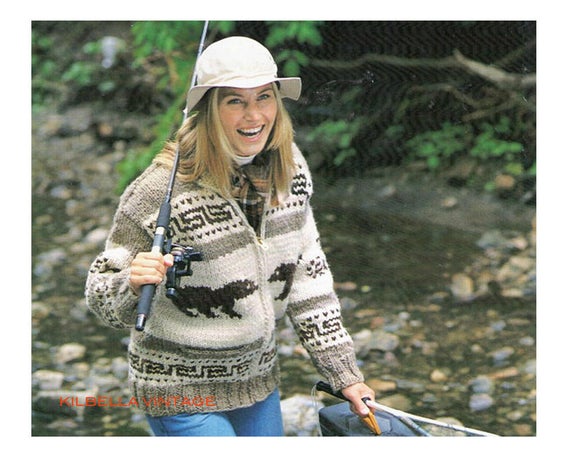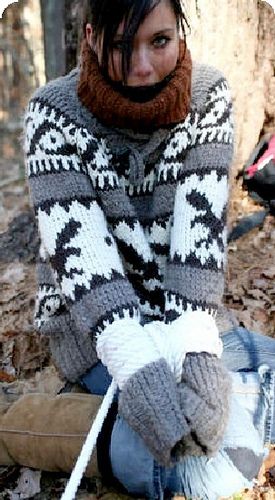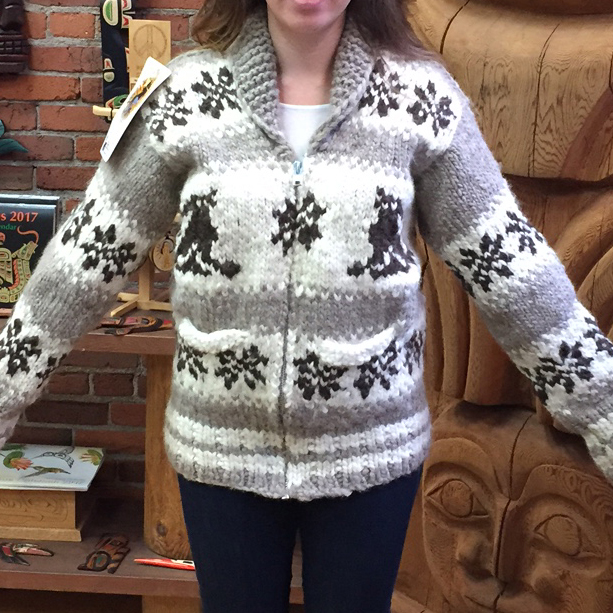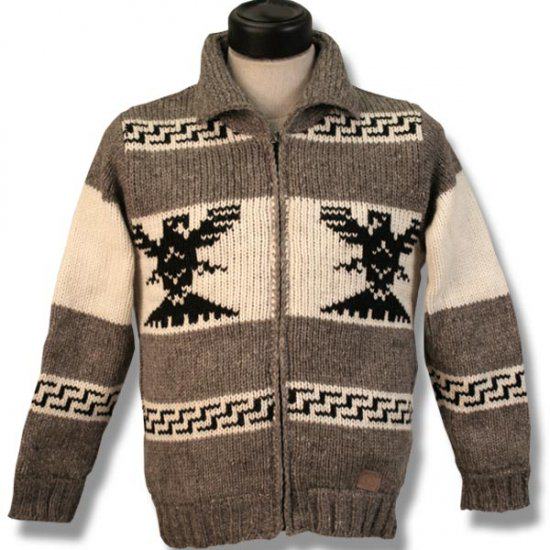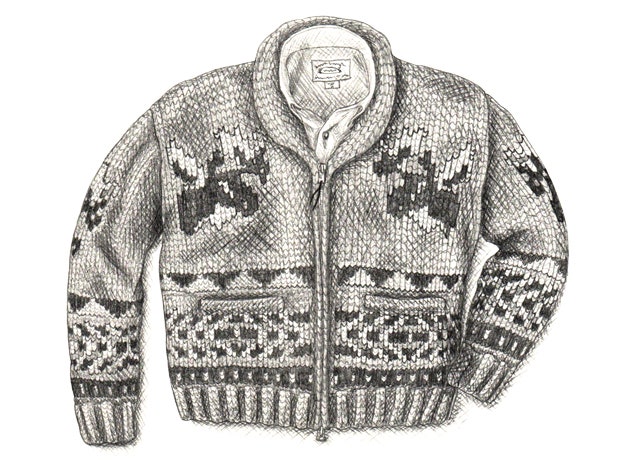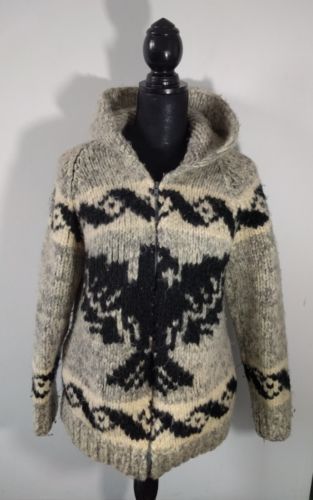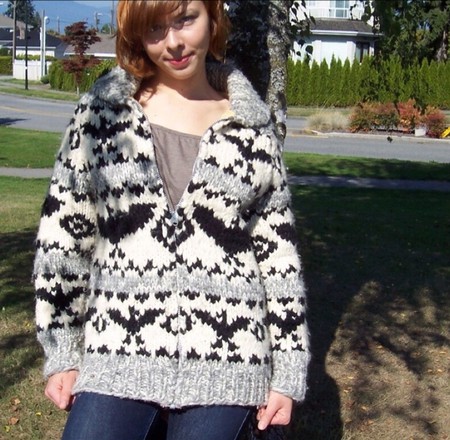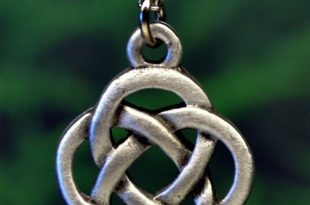Overview of the Cowichan Sweater
A real cowichan pullover is known around the world for a good reason. Cowichan knitting is an artistic creation that combines both skill and traditional design. This beautiful and well-made wool sweater started with the West Coast Salish. The settlers of the Cowichan Valley on the southern island of Vancouver, British Columbia, have been very skilled at making warm garments and covers made of different materials.
These materials include dog hair, goat's wool and other fabrics available in the area. They used unique weaving techniques to create wonderful garments. They employed spindles and looms before the European inhabitants arrived.
History of the Cowichan Sweater
There were, however, two significant events that changed the course of history. Sometime in the 1850s, the herd of flock brought by the inhabitants was introduced to the area. In addition, missionaries came to the Cowichan Valley, where they later taught the native students the knitting techniques. The natives began to make mittens and socks and eventually began making larger garments.
In addition, these knitters use the readily available wool for a good and valuable use and make handspun pullovers that withstand coastal elements such as rain and snow. The sweaters they created were real wool and contained natural oils that were water resistant.
Further development of the artistic design of sweaters
In due course, the Cowichan Sweater was tuned to the tastes of the new innovations of the Salish knitters, and they have been embellished by applying the Fair Isle technique with traditional or cultural designs. The latter uses 2 to 3 colors, which are designed in alternating patterns to create specific designs. In addition, the sweaters were knitted around. This means that the garments are designed without seams and made from natural, thick, undyed wool.
In addition, the created sweaters were usually available in black, cream and gray. They were heavier than the usual pullovers made from a lighter yarn or wool.
All essential elements have been combined to create distinctive looking sweaters. Over time, the designs and techniques of knitting by the families have been passed on. One generation has taught the next generation an absolutely evolving artistic creation that has existed ever since.
 decorhstyle.com fashion and jewellery ideas
decorhstyle.com fashion and jewellery ideas

